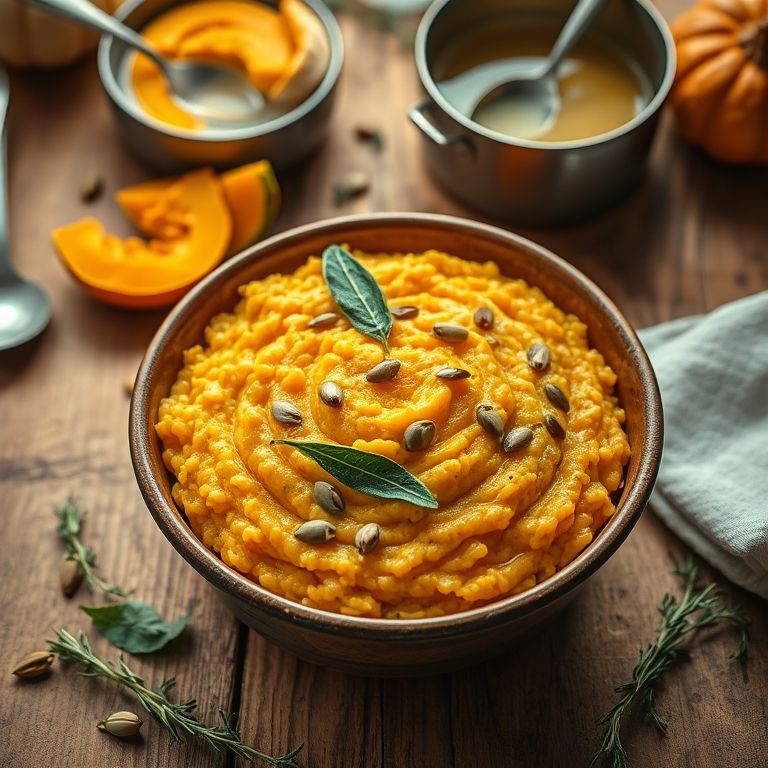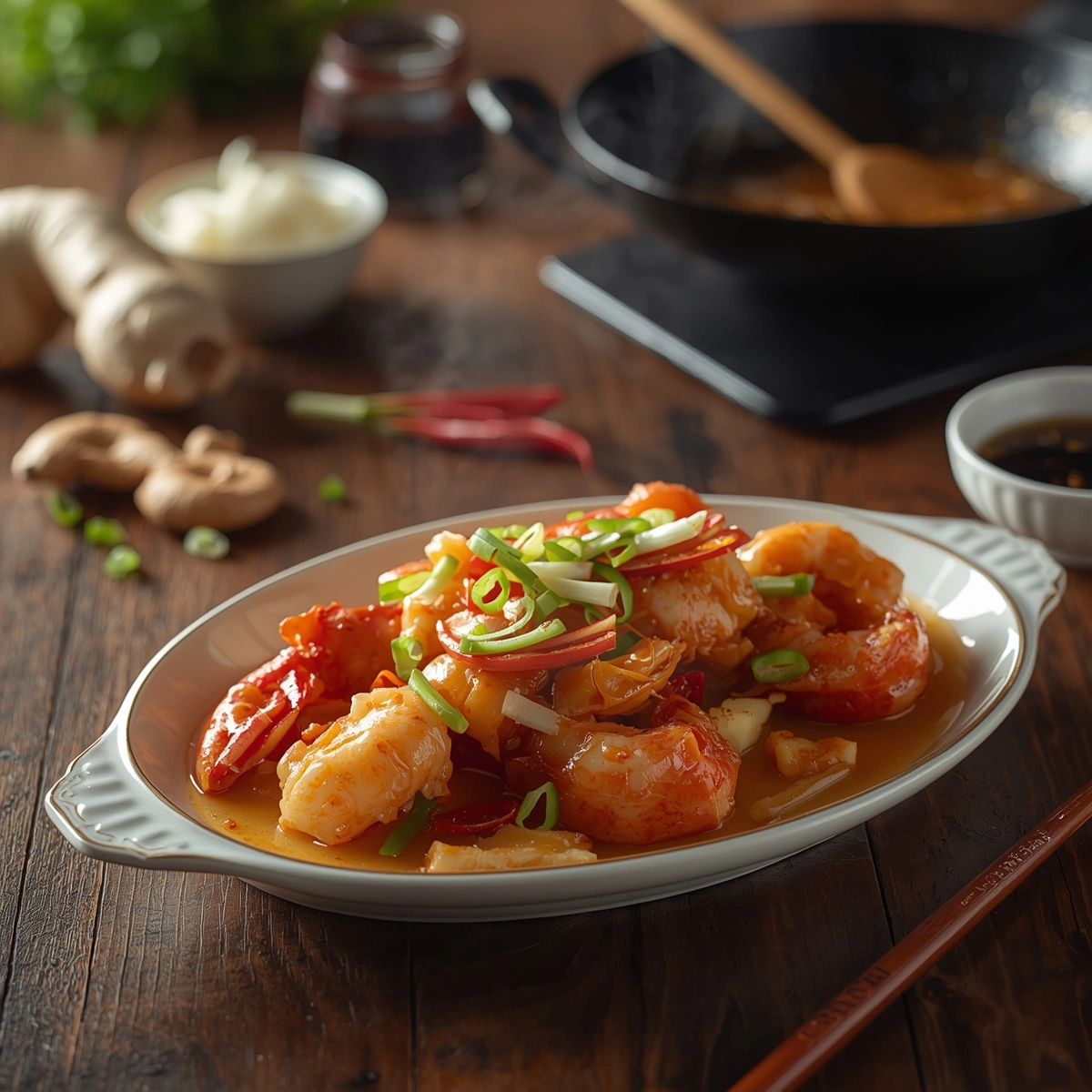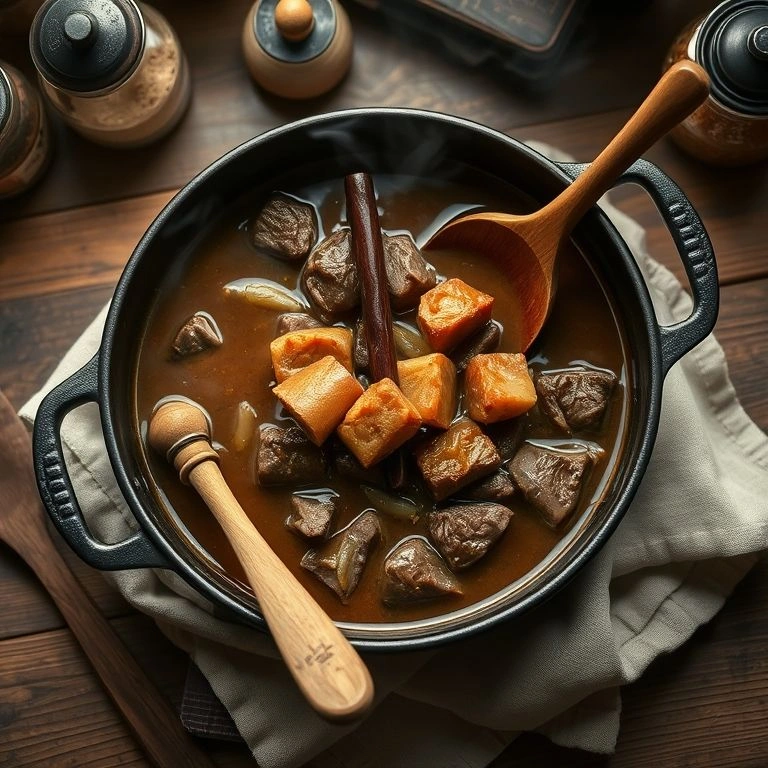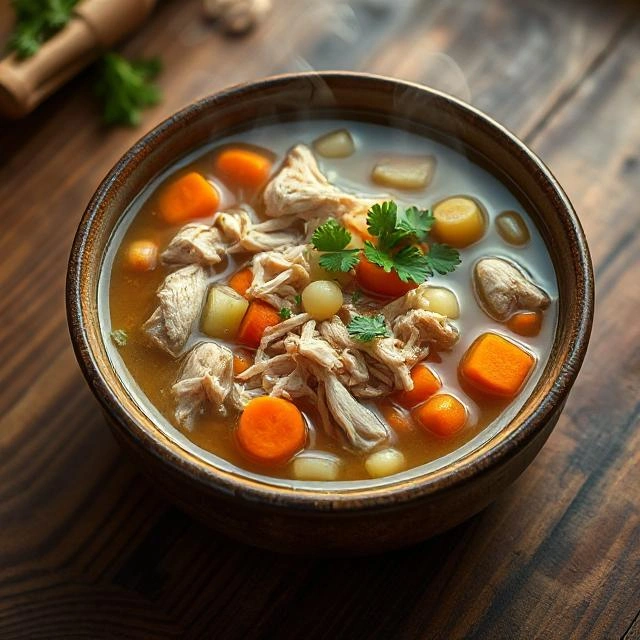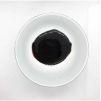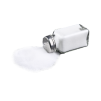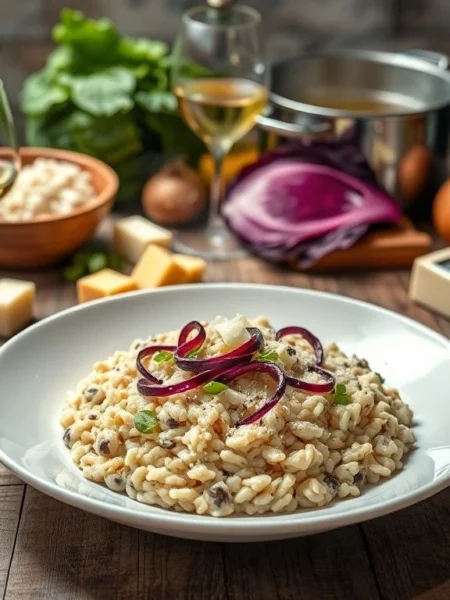Have you ever experienced the earthy aroma of matsutake mushrooms wafting through your kitchen on a crisp autumn evening? If not, you’re missing out on one of fall’s most delightful culinary treasures! Matsutake Gohan, a traditional Japanese rice dish featuring these prized mushrooms, offers the perfect way to embrace the season’s bounty. First, I’ll introduce you to this comforting dish and then guide you through creating an authentic version in your own kitchen.
What Makes Matsutake Gohan Special?
Unlike ordinary mushroom rice dishes, Matsutake Gohan celebrates a specific, seasonal ingredient that Japanese cuisine has treasured for centuries. The matsutake mushroom, with its distinctive spicy-aromatic fragrance often compared to cinnamon and pine, transforms simple rice into an elegant, memorable meal.
Moreover, Matsutake Gohan embodies the Japanese cooking philosophy of highlighting natural flavors rather than masking them. This approach allows the unique character of the matsutake mushroom to shine through in every bite.
The Cultural Significance of Matsutake Gohan
In Japan, autumn signals the arrival of matsutake season, and with it, a flurry of culinary traditions. For centuries, Japanese families have prepared Matsutake Gohan to welcome fall, making this dish more than just a meal—it’s a celebration of seasonal change.
Furthermore, matsutake mushrooms hold such high regard in Japanese culture that they often feature in poetry, art, and seasonal gifts. When you prepare Matsutake Gohan, you connect with this rich cultural heritage.
Finding Matsutake Mushrooms
While matsutake mushrooms grow in forests across North America, Europe, and Asia, they’ve become increasingly rare and expensive. However, you can still find them at specialty Asian markets, farmers’ markets, or through online gourmet food suppliers during fall months.
If you can’t locate fresh matsutake, don’t worry! Dried matsutake mushrooms work wonderfully in Matsutake Gohan, too. Simply rehydrate them before cooking to release their distinctive aroma.
Essential Ingredients for Authentic Matsutake Gohan
The beauty of Matsutake Gohan lies in its simplicity. You’ll need:
- Japanese short-grain rice
- Fresh or dried matsutake mushrooms
- Dashi (Japanese cooking stock)
- Sake (Japanese rice wine)
- Mirin (sweet rice cooking wine)
- Soy sauce
- Optional garnishes like mitsuba (Japanese parsley) or yuzu peel

Interestingly, these few ingredients combine to create layers of flavor that perfectly complement the distinctive taste of the matsutake mushrooms.
Preparing Matsutake Mushrooms
Before cooking your Matsutake Gohan, you’ll need to properly prepare the mushrooms. Unlike other varieties that you might wash thoroughly, matsutake mushrooms should never be soaked in water.
Instead, gently clean them with a damp cloth or soft brush to remove any dirt. This preserves their precious aroma, which forms the foundation of excellent Matsutake Gohan.
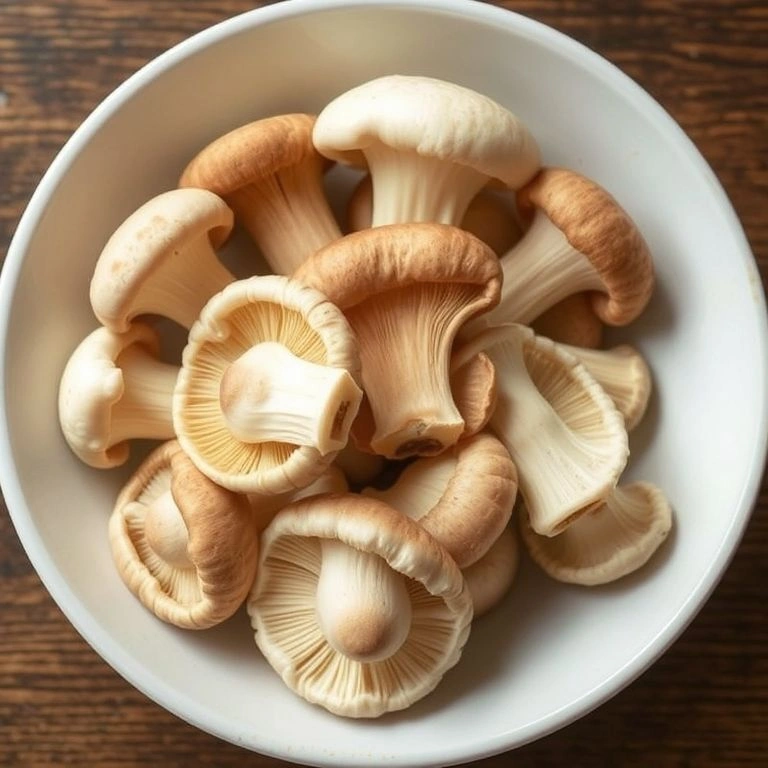
The Rice Matters
When it comes to Matsutake Gohan, the rice quality significantly impacts your final dish. Use high-quality Japanese short-grain rice, which has the perfect stickiness and texture to complement the matsutake mushrooms.
Additionally, don’t skip rinsing the rice before cooking. This removes excess starch and ensures each grain remains distinct yet sticky in your finished Matsutake Gohan.

Cooking Method Options
Traditionally, Japanese cooks prepare Matsutake Gohan in a donabe (clay pot) or rice cooker. However, you can achieve excellent results with a regular heavy-bottomed pot on your stovetop.
Regardless of your cooking method, the key lies in allowing the mushroom aroma to infuse the rice thoroughly. This happens during both the cooking process and the crucial resting period afterward.
Seasonal Pairings
Since Matsutake Gohan celebrates autumn, consider serving it alongside other seasonal dishes:
- Grilled fish or chicken
- Miso soup with fall vegetables
- Pickled daikon radish
- Simmered kabocha squash
Together, these create a balanced Japanese meal that honors the season’s best offerings.
Storing and Reheating Tips
Although Matsutake Gohan tastes best freshly made, you can refrigerate leftovers for up to two days. When reheating, sprinkle a little water over the rice before warming it gently to restore moisture.
Surprisingly, many Japanese people enjoy leftover Matsutake Gohan formed into onigiri (rice balls) for lunch the next day, as the flavors continue to develop overnight.
Health Benefits of Matsutake Gohan
Besides being delicious, Matsutake Gohan offers several nutritional advantages. Matsutake mushrooms provide vitamin D, B vitamins, and various minerals, while containing very few calories.
In addition, this dish contains minimal fat and can easily fit into a balanced diet, especially when served with vegetables and lean protein.
Creating Matsutake Gohan Memories
Beyond its flavors, Matsutake Gohan creates opportunities for connection. The ritual of preparing and sharing this special seasonal dish brings people together around the table.
Consider making Matsutake Gohan the centerpiece of a fall gathering, introducing friends and family to this Japanese tradition while creating your own seasonal memories.
Making It Your Own
While the classic recipe remains beloved, you can adapt Matsutake Gohan to suit your preferences:
- Add thin slices of chicken for a heartier version
- Include seasonal vegetables like carrots or burdock root
- Stir in a beaten egg at the end for additional richness
- Top with toasted sesame seeds for extra texture
Nevertheless, even with these variations, always let the matsutake aroma remain the star of your dish.
Ready to Create This Autumn Delight?
Below, you’ll find my tested recipe for creating authentic Matsutake Gohan at home. The process is straightforward, and the results capture the essence of Japanese autumn cuisine.
As soon as you lift the lid and that distinctive matsutake aroma fills your kitchen, you’ll understand why this dish has been treasured for generations.
Description
Experience the rich aroma of matsutake mushrooms with Matsutake Gohan, a comforting Japanese rice dish that captures the essence of autumn’s seasonal bounty.
Ingredients
Instructions
-
Rinse the rice in cold water 3-4 times until the water runs almost clear. Drain in a colander for 15-30 minutes.
-
Clean the matsutake mushrooms gently with a damp cloth or soft brush. Never soak them in water.
-
Slice the mushrooms into ¼-inch pieces, keeping the caps and stems separate.
-
In a heavy pot or rice cooker, combine the rinsed rice, dashi, sake, mirin, soy sauce, and salt.
-
Place the sliced matsutake caps on top of the rice (do not stir), reserving some for garnish if desired.
-
If using, scatter diced carrots over the mushrooms.
-
Cover and bring to a boil over medium-high heat. Once boiling, reduce heat to low and simmer for 12-15 minutes without removing the lid.
-
Remove from heat and let stand, covered, for 10-15 minutes to allow the flavors to meld and the rice to finish steaming.
-
Gently fold the mushrooms and rice together with a rice paddle or wooden spoon.
-
Serve in individual bowls, garnished with the reserved matsutake slices, mitsuba or green onions, and yuzu zest if using.
Nutrition Facts
Servings 4
Serving Size 1
- Amount Per Serving
- Calories 260kcal
- % Daily Value *
- Total Fat 1.8g3%
- Saturated Fat 0.2g1%
- Total Carbohydrate 52g18%
- Dietary Fiber 2g8%
- Sugars 3g
- Protein 7g15%
- Vitamin C 3 mg
- Calcium 18 mg
- Iron 1.5 mg
* Percent Daily Values are based on a 2,000 calorie diet. Your daily value may be higher or lower depending on your calorie needs.
Note
- If using dried matsutake, soak in cool water for 30 minutes until rehydrated, then drain, reserving the soaking liquid. Replace some of the dashi with this flavorful liquid.
- For maximum aroma, try not to wash matsutake mushrooms. Instead, clean them with a cloth or brush.
- The Matsutake Gohan will develop even more flavor if allowed to rest for 10-15 minutes after cooking.



